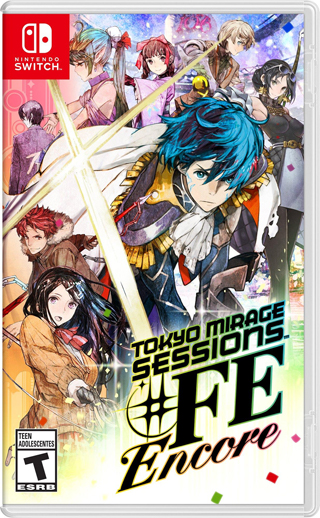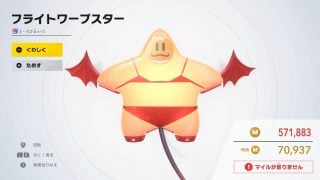Back in 2016 the Wii U was waning more than ever, with only a few Nintendo published titles on the horizon and plenty of murmurs of something called the NX. Among them was Tokyo Mirage Sessions ♯FE, a unique blend of Fire Emblem, Atlus’ Shin Megami Tensei, and Japan’s entertainment industry — particularly idols. While the game left a good impression, it may not have been the right time and place for it. Now in a world where Persona 5 brought MegaTen’s gameplay elements further into the mainstream and Fire Emblem fandom is continuing to grow, the Switch makes an effort to be the perfect venue for an Encore performance.
For anyone who’s remained unfamiliar, the game’s structure and gameplay leans much more towards Shin Megami Tensei’s elements. The Fire Emblem theming, while present, is reserved for ghostly characters called Mirages. All of them, as well as boss enemies, take their names and design elements from characters out of Fire Emblem: Shadow Dragon and Fire Emblem: Awakening. No grid based strategy here — TMS is most similar to the Persona sub-series of Shin Megami Tensei games, and while it can feel slightly outdated in certain respects (no auto-save slot, some egregious backtracking for equipment growth, separate ‘sections’ of the overworld map), it still holds up today.
Hitting the right notes
As was the case on Wii U, Tokyo Mirage Sessions’ greatest strengths are its core theming and its battle system. Even when other aspects can occasionally feel cliché, the focus on Japan’s entertainment industry always lets the game bring unique ideas and story elements to the table. Though functionally familiar to standard JRPG quests and objectives, I’ve yet to play a game that let me cast spells with a character’s autograph or tasked me with making a hangover cure because my boss partied too hard the night before in the name of business relations.
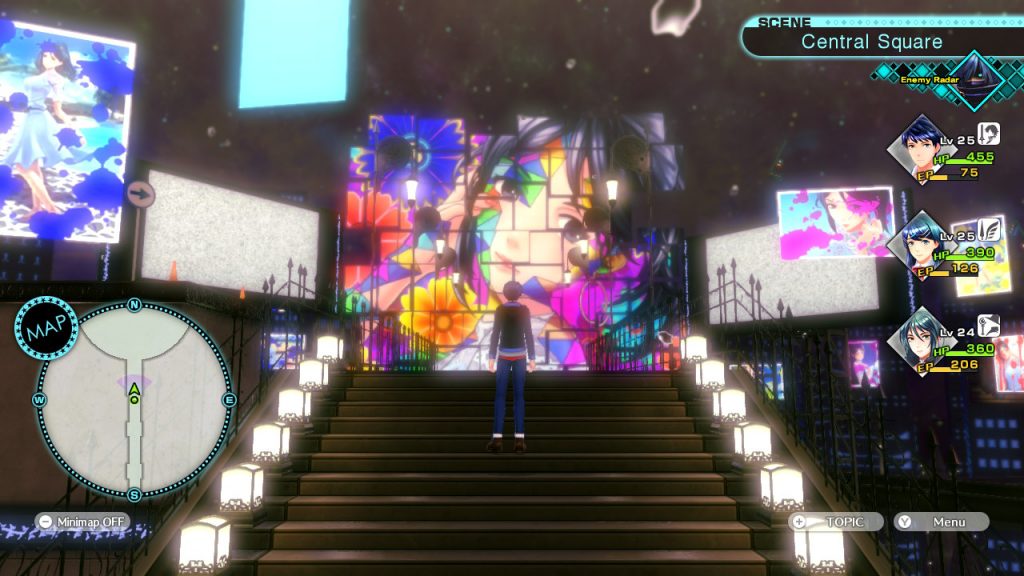
This can occasionally work to the game’s detriment as well, particularly when cultural norms clash. The localization does a fine job of making the game accessible and the writing entertaining, but there are some aspects lost in translation for better or worse. What always rings true, though, is the cast of characters, who mostly brings engaging side stories that explore their motivations and histories in ways that felt more impactful than nearly anything the main narrative provided.
For example, the main story kicks off with its female lead pursuing her dream of being an idol, driven by a need to follow in her (missing) sister’s footsteps. While this remains at the forefront through the prologue and first chapter, much of these elements drop off soon after thanks to a small timeskip where she’s suddenly an established performer with no such hang ups or motivation. The sidelining of her growth, both in the industry and as a person, feel like a missed opportunity and was a narrative wrinkle that put me off on my first playthrough.
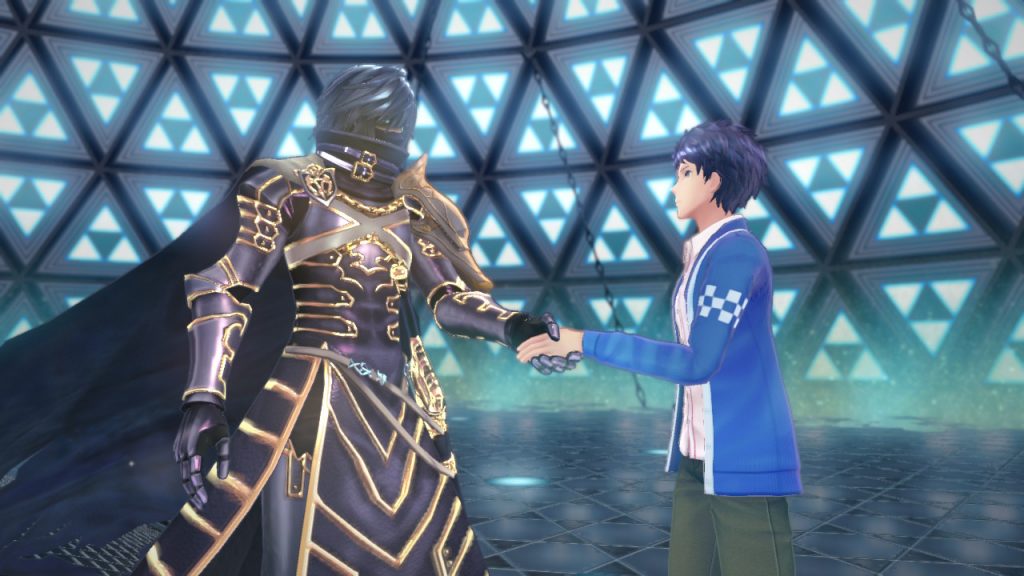
Thankfully, she and the rest of the cast do get some added time in the spotlight via new side stories included in this Encore version. That, along with added dungeons and the inclusion of (formerly paid DLC) costumes makes this a fuller package than the Wii U original. If you weren’t a fan of the world and overall gameplay of TMS before, there’s not likely much more to sell you here, but if you’re a fan of the genre who missed out on the original tour, then this second chance won’t disappoint. As someone who already liked what I’d played before, I was surprised how easily Encore drew me back in and I’d definitely say it’s worth keeping on repeat.
Keep the Session going
The biggest contributor to that devotion is Tokyo Mirage Sessions’ battle system. Using the familiar Shin Megami Tensei system as a foundation and adding in idol inspired elements continues to make these fights enjoyable even in a post-Persona 5 world. Turn-based planning, weakness exploitation, and buff/debuff management is nothing new, but the game’s trademark Sessions deserve plenty of praise.
By developing your characters outside of battle you’ll gain attacks that combo off of a single hit, building up further and further as you continue to progress through the game until you’re laying on a cast-wide beatdown. It’s rewarding and satisfying, bolstering your battle abilities for taking the time to level up every one of your party members, helping to mitigate any longterm benching of a character and make the already interesting side stories even more worth experiencing.
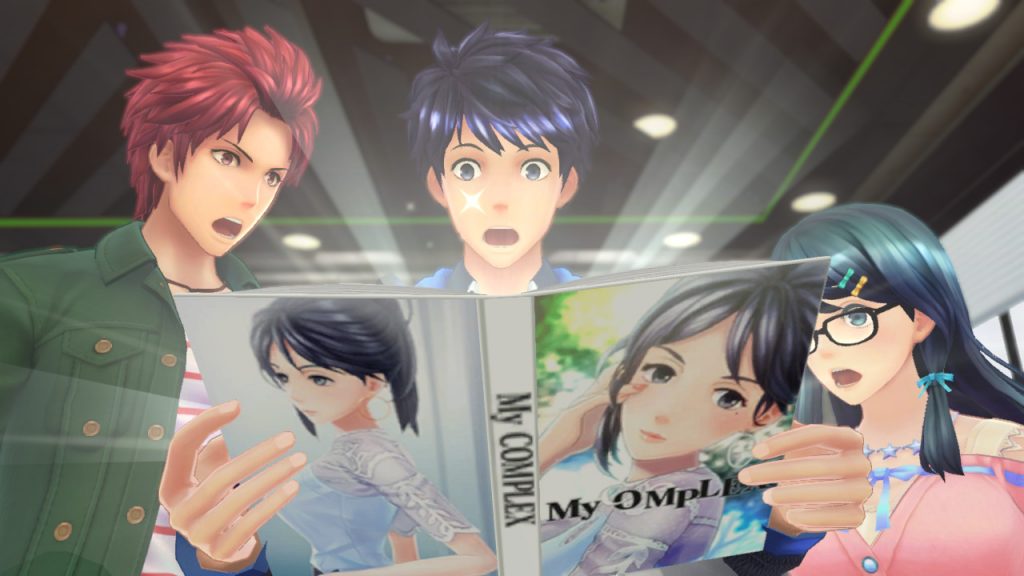
These also give you randomly occurring Ad-Lib attacks and paired up Duo Arts (the key to even longer Sessions), all of which come together with some light Fire Emblem flavor in the Mirage characters and presence of the Weapon Triangle. New to Encore, some of the game’s non-combative characters can join in to offer up new attacks. Likewise, load times for battles have been reduced to a noticeable degree, and Sessions (which you’ll be seeing a lot of) can also be sped up.
An Encore worth waiting for
With more story, extra unlockables, and the battle improvements and additions; Tokyo Mirage Sessions ♯FE Encore stands as an across-the-board improvement for an already worthwhile JRPG. Even with the wealth of those on Switch compared to Wii U, TMS still stands out with its unique premise and combat, making for a standout recommendation to genre faithfuls. If you’re coming purely for Fire Emblem content, you may be disappointed but can still walk away a fan due to its likable (supporting) cast and the references to that source which are present – even if they’re only really from two games in particular.
If all of this is new or unfamiliar to you, I still highly encourage diving into the game somehow. Time has been kind to give it a second chance relatively soon, and it is able to stand on its own two feet separate from its inspirations. If the Wii U was its chance to make an impression at smaller venues, consider its presence on Nintendo Switch a sign that it can easily take to a grander stage.
Leave a Comment
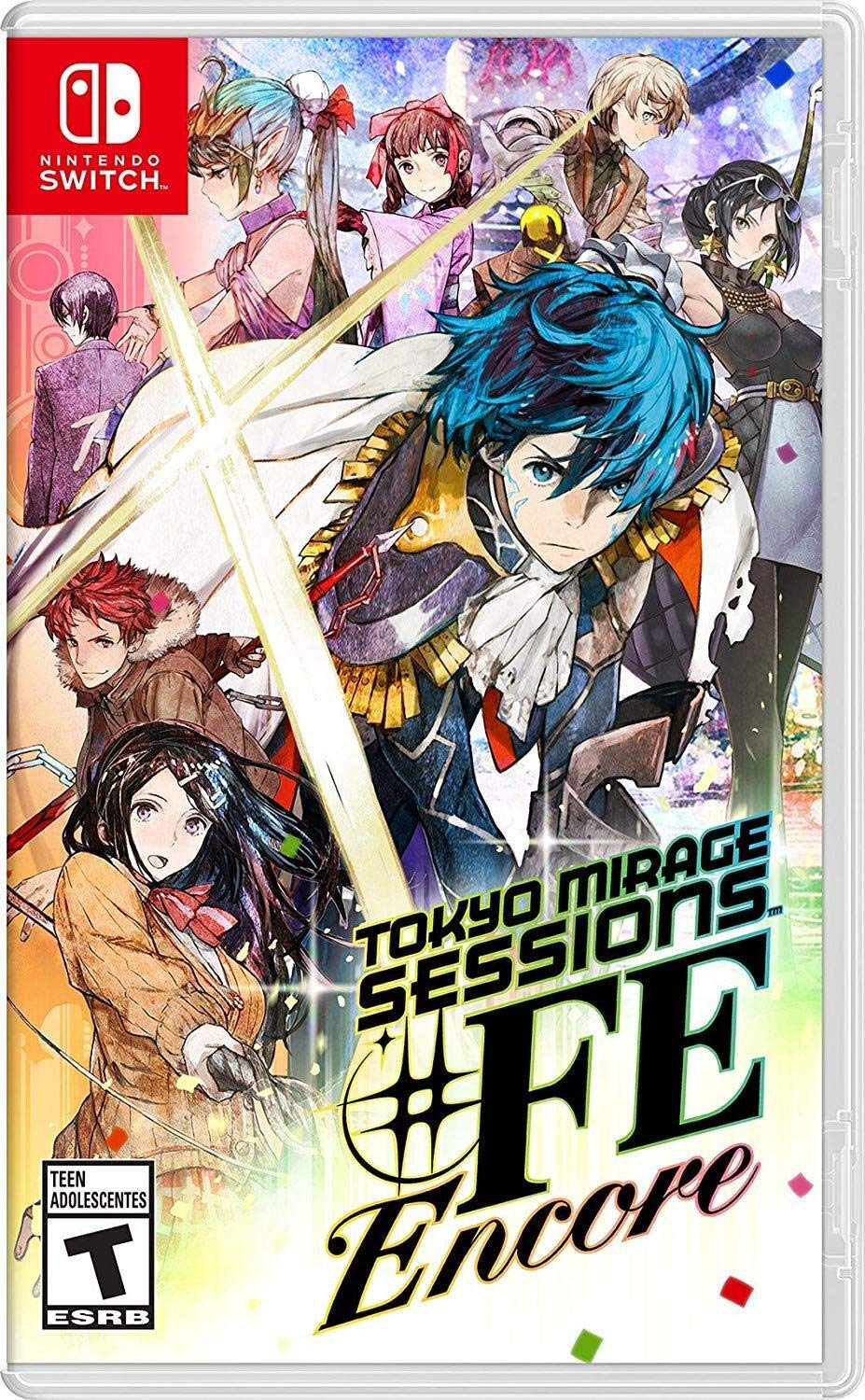
System: Nintendo Switch
Release Date: January 17, 2020
Categories: Role-Playing
Publisher: Nintendo
Developer: Atlus
